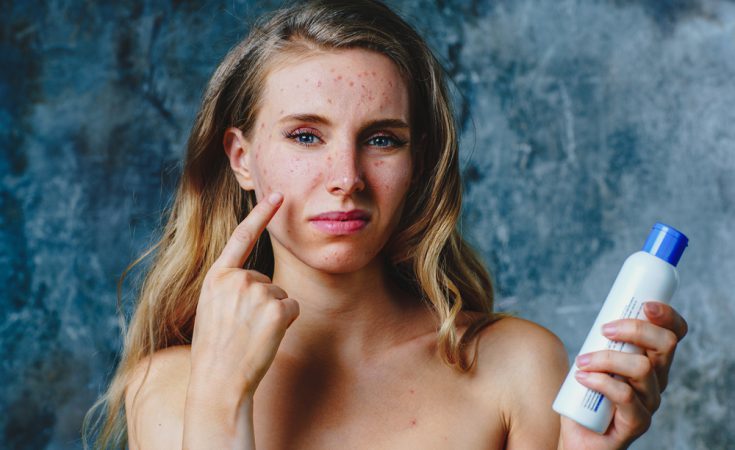Cosmetics are substances that are in the direct contact with human skin; after all, we apply them to skin, hair and teeth. Naturally, beauty products help us keep our bodies clean and maintain them in a good condition but, sadly, they can contain allergens. Cosmetic allergy touches approximately 15% of all consumers, the majority of which are women who use cosmetics more eagerly than men. What are the causes of cosmetic allergy and what substances trigger allergic reactions most frequently?
Causes of cosmetic allergy
Cosmetic allergy symptoms include appearance of skin lesions, which is the direct consequence of allergens action. The fact whether a particular cosmetic triggers allergic reactions or not depends on individual predispositions of an organism, frequency of use, skin condition and even a body part the product is applied to.
The most allergy-prone are the body parts that remain exposed, such as face (especially forehead), neck and eyelids, whereas scalp tends to be the most allergy-resistant. The beauty products considered as highly allergenic include those cosmetics that remain in contact with skin for long, and they are balms, fragrances and dyes. Less allergenic are the products which contact with skin is rather temporary and they are shampoos, conditioners and peelings.
Cosmetic allergy – What substances trigger allergic reactions most frequently?
In most cases, cosmetic allergy is an adverse reaction to preservatives. Therefore, before buying a particular product, it’s advised to read the list of ingredients so as to prevent allergic reactions. Among the most frequently allergy-triggering substances are:
- formaldehyde (INCI: Benzylhemiformal, Bronidox, Diazolidinyl Urea, Imidazolidinyl Urea, Quanternium-15) that is usually a component of nail polishes, hair sprays and self-tanning creams,
- fragrances,
- lanolin alcohol,
- Balsamum peruvianum,
- Methyldibromoglutaronitrile,
- Imidazolidinyl Urea,
- Diazolidinyl Urea,
- Cetylpyridinium Chloride,
- Chlorhexidine.
However, they are not only preservatives that cause allergic reactions. Lanoline and parabens can also contribute to triggering adverse reactions of our bodies. Their names in INCI are:
- Methylparaben,
- Ethylparaben,
- Propylparaben,
- Butylparaben.
